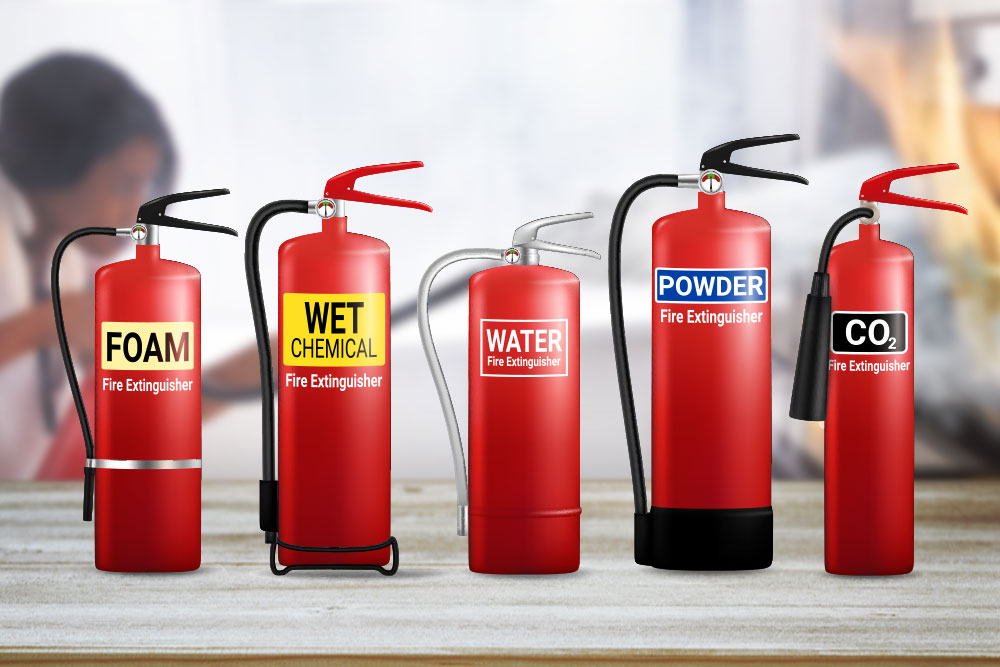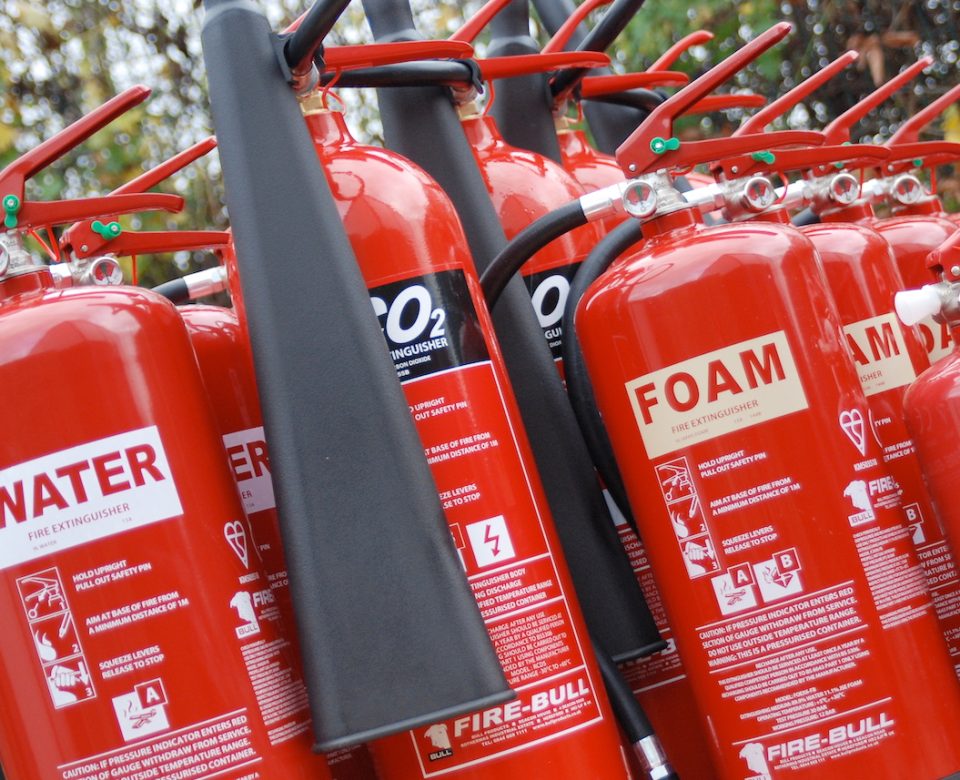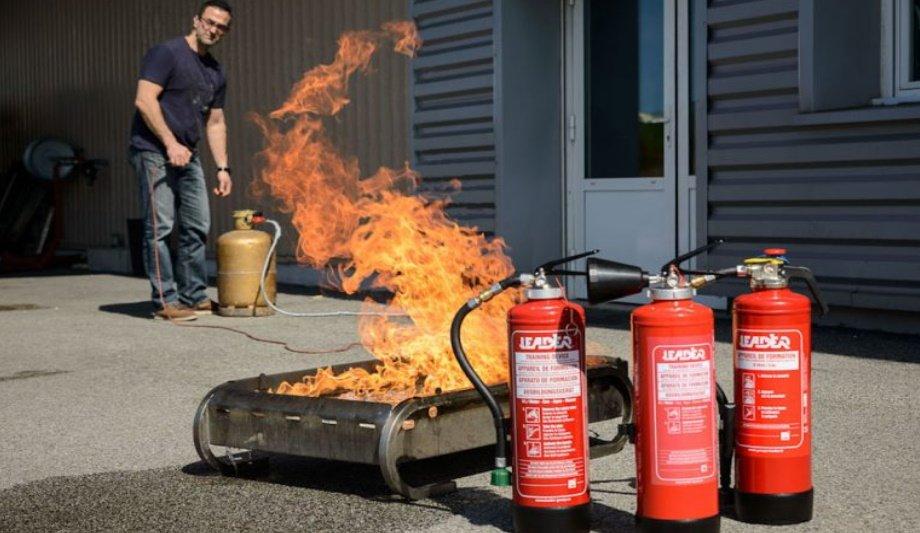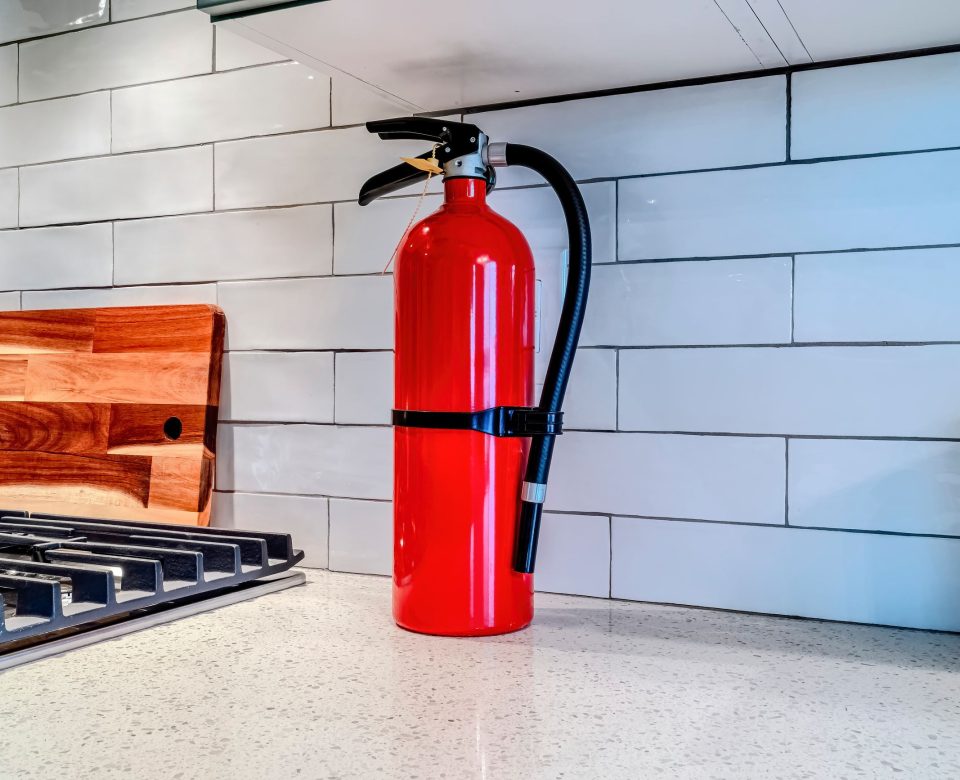
How Smart Fire Extinguishers Integrate with Building Management Systems
September 11, 2025
Fire Extinguisher: Automatic Fire Extinguisher Balls A New Era in Fire Suppression
September 17, 2025Fire extinguisher are essential safety devices designed to protect lives and property from fire emergencies. However, not all fire extinguishers are created equal, and their performance depends heavily on compliance with certain safety standards and certifications. These certifications ensure that the extinguishers will operate effectively when needed and meet regulatory requirements. Because different regions and countries follow different certification standards, understanding these global standards is crucial for businesses and consumers alike.
Why Fire Extinguisher Certification is Important
Fire extinguisher certification is necessary for several reasons. First, it ensures that the extinguisher complies with local and international safety regulations. Certified extinguishers have undergone rigorous testing to verify their reliability and performance under various fire conditions. This certification reduces liability risks for businesses by proving that they have taken appropriate steps to protect their employees, customers, and property.
Moreover, for manufacturers and exporters, certifications simplify the process of international trade. A fire extinguisher that meets key global standards can enter multiple markets more easily, avoiding costly regulatory roadblocks. Whether you are buying a car fire extinguisher or a wet chemical fire extinguisher for commercial use, certification guarantees the product’s quality and safety.
Overview of Key Global Fire Extinguisher Standards
Different countries and regions maintain their own standards and certification bodies to regulate fire extinguishers.
- United States: In the U.S., Underwriters Laboratories (UL) handles testing and certification, ensuring extinguishers meet rigorous safety and performance standards. The National Fire Protection Association (NFPA) provides detailed codes, especially NFPA 10, which governs the selection, installation, and maintenance of portable fire extinguishers.
- Europe: The European Union follows the EN3 standard for portable fire extinguishers. Additionally, CE marking is required under the Pressure Equipment Directive (PED), signifying that a fire extinguisher meets EU safety requirements. Manufacturers must comply with extensive testing and documentation processes.
- International (ISO): The International Organization for Standardization (ISO) provides a globally recognized framework through standards like ISO 7165 for portable fire extinguisher specifications and ISO 11602 for maintenance and servicing. Many countries adopt these ISO standards to harmonize fire safety regulations worldwide.
- United Kingdom: The UK uses British Standards Institute EN3 and the Kitemark certification to validate product quality, ensuring extinguishers sold in the country meet high safety expectations.
- Asia-Pacific: Countries in this region have their own compliance systems. India uses the BIS certification and ISI mark; Japan adopts JIS fire safety standards; and Australia follows the AS/NZS 1841 series for fire extinguisher safety.
- Middle East: The Gulf Cooperation Council countries and others enforce Civil Defense approvals, with national authorities mandating compliance with local safety regulations.
Key Differences Across Worldwide Standards
Certification standards vary in the details that matter most for fire extinguishers, testing methods, pressure specifications, discharge time, fire ratings, and user instructions. For example, color coding on extinguishers differs between the U.S. and Europe to help users identify extinguisher types quickly, which can lead to confusion if the standards are not understood clearly. Certification upkeep also varies, with some requiring annual inspections and recertifications.
Challenges for Manufacturers and Businesses
Manufacturers aiming to sell fire extinguishers in multiple countries face the challenge of navigating diverse certification processes. These may involve repeated testing and different labeling, increasing fire extinguisher price and complexity. Exporters must carefully choose the appropriate certifications depending on the target markets to avoid compliance issues and penalties.
For example, if you want to introduce a fire extinguisher ball or a CO2 fire extinguisher to different regions, you must ensure that each product meets the relevant country’s safety standards. This customization can affect pricing, such as the fire extinguisher ball price in Pakistan, which may differ from other markets due to certification and local manufacturing costs.
Trends Toward Global Standardization
There is a growing global movement towards harmonizing fire safety standards to make certification easier for manufacturers and buyers worldwide. ISO’s increasing role in setting widely accepted standards and mutual recognition agreements between countries are key steps toward this goal. The future may see more consistency in fire extinguisher certification that benefits manufacturers, importers, and end-users.
Conclusion
Fire extinguisher certification is a critical factor in fire safety that cannot be overlooked. Certified extinguishers, from wet chemical fire extinguisher types used in kitchens to fire buckets and fire blankets, provide assurance of quality and performance. Understanding the differences in global standards helps businesses and individuals select the right certified fire extinguishers, ensuring compliance and effective fire response.
If you need assistance selecting the right fire extinguisher, learning about fire extinguisher gas types, or understanding fire extinguisher cylinders and pricing, Haseen Habib offers expert advice and certified fire safety products tailored to your needs. Contact them today to secure reliable fire protection equipment for your home, vehicle, or business.




